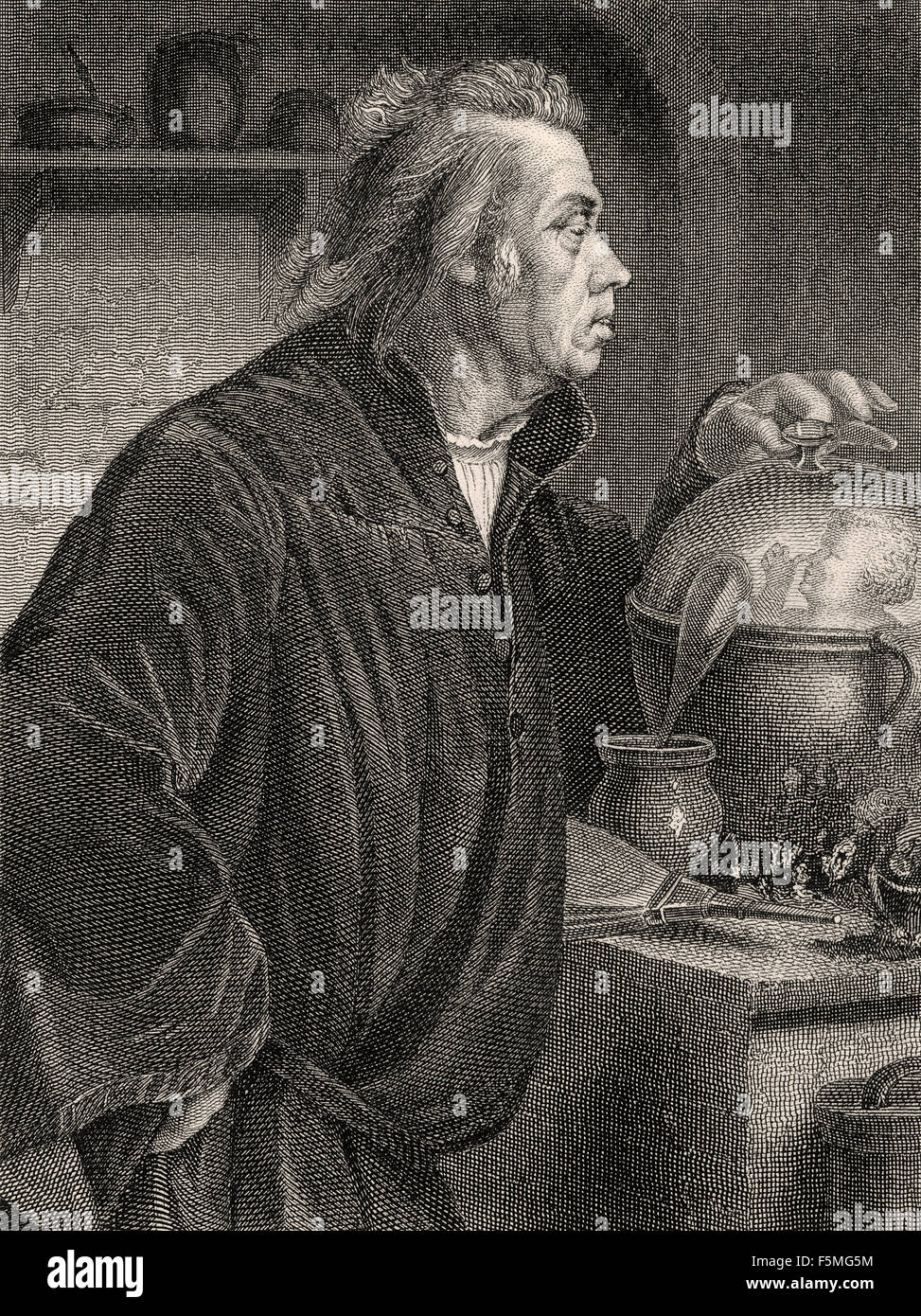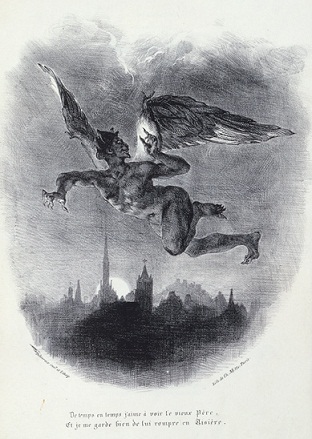
The Emperor begins to understand its meaning and to squander it, as do his advisors. The Emperor appears and blesses the newly introduced paper money from Mephisto, which is adorned with pictures of Simon Magus. The "Emperor of Thumb" (to use a devilish term of Mephistopheles) describes how much he enjoyed the recent celebrations, and wants more "dergleichen Scherze" (5988). Faust, Mephistopheles, decent, not remarkable, according to custom, dressed, and both knees exposed. A parade of Florentine notables, including Dante and Gianni Schicchi, pass by. This is by far the most extensive section of the first act, describing the Florentine carnival from the perspective of Goethe, above all based on Antonio Francesco Grazzini's Tutti i trionfi (1559) – a collection of contemporary "songs and hard lifts". Spacious room with side chambers, decorated and dressed up for the masquerade.The first act sees Mephistopheles (playing the role of a fool) saving the imperial finances of the Emperor – and so the Holy Roman Empire – by money creation, introducing the use of paper money instead of gold to encourage spending (and economic recovery). The emperor ascends the throne, to his right the astrologer. Servants of all kinds, beautifully dressed, step forward.

State Council in anticipation of the emperor. The first act opens with an appeal by Ariel to forgive Faust and ease the cares of his suffering. Ghost circle, floating moves, graceful little figures.

Faust, bedded on flowery turf, weary, restless, seeking sleep. But certainly Goethe deals with the legendary material very freely in both parts. In Faust II, the legend (at least in a version of the 18th century, which came to Goethe's attention) already contained Faust's marriage with Helen and an encounter with an Emperor. The "Gretchen" subplot, although now the most widely known episode of the Faust legend, was of Goethe's own invention.
Only part of Faust I is directly related to the legend of Johann Faust, which dates to at latest the beginning of the 16th century (thus preceding Marlowe's play). It was published in 1832, the year of Goethe's death. Der Tragödie zweiter Teil in fünf Akten.) is the second part of the tragic play Faust by Johann Wolfgang von Goethe. Faust: The Second Part of the Tragedy ( German: Faust.


 0 kommentar(er)
0 kommentar(er)
